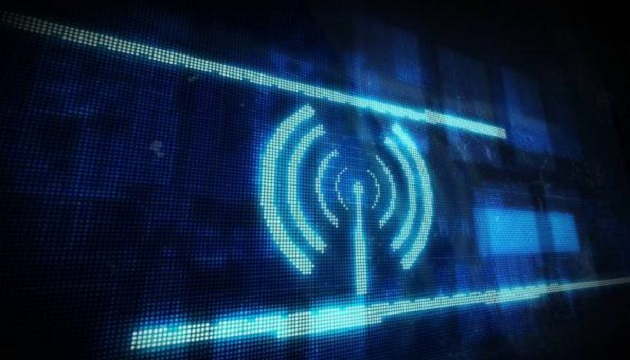Mobile operators, enterprises, cities and other key Internet of Things (IoT) market players gain access to a wealth of new IoT use cases by combining two unlicensed connectivity technologies, as illustrated in a new white paper released today by the Wireless Broadband Alliance (WBA) and the LoRa Alliance. Developed with input from mobile carriers, telecom equipment manufacturers and advocates of both connectivity technologies, Wi-Fi & LoRaWAN Deployment Synergies: Expanding Addressable Use Cases For The Internet of Things illustrates new business opportunities that are created when Wi-Fi networks that are traditionally built to support critical IoT are merged with LoRaWAN networks that are traditionally built to support low data rate massive IoT applications.
Massive IoT applications are less latency sensitive and have relatively low throughput requirements, but they require a huge volume of low-cost, low-energy consumption devices on a network with excellent coverage, which can be achieved with Wi-Fi networks. The white paper addresses the growing popularity of IoT use cases in domains that rely on connectivity spanning large areas that are able to handle a huge number of connections, ultimately driving the demand for massive IoT technologies.
According to the paper, Wi-Fi connectivity covers short- and medium-range use cases at high data rates and may require more power, making it the preferable technology for people-centric mains-powered applications like real-time video and Internet browsing. Meanwhile, LoRaWAN covers long-range use cases at low data rates, making it the preferable technology for low bandwidth applications, including in hard to reach locations, such as temperature sensors in a manufacturing setting or vibration sensors in concrete.
When utilized in conjunction with one another, Wi-Fi and LoRaWAN networks optimize a number of IoT use cases, including:
- Smart Building/Smart Hospitality: Both technologies have been deployed for decades throughout buildings, with Wi-Fi used for things like security cameras and high-speed Internet, and LoRaWAN used for smoke detection, asset and vehicle tracking, room usage and more. The paper identifies two scenarios for convergence of Wi-Fi and LoRaWAN, including accurate asset tracking and location services for indoor or near buildings, as well as on-demand streaming for devices with battery limitations.
- Residential Connectivity: Wi-Fi is used to connect billions of personal and professional devices in homes, while LoRaWAN is used for home security and access control, leak detection, and fuel tank monitoring, and many other applications. The paper recommends deploying LoRaWANpicocells that leverage Wi-Fi backhaul to the user set top box to expand coverage of home services to the neighborhood. These “neighborhood IoT networks” can support new geolocation services, while also serving as a communication backbone for demand-response services.
- Automotive & Smart Transportation: Currently, Wi-Fi is used for passenger entertainment and access control, while LoRaWAN is used for fleet tracking and vehicle maintenance. Hybrid use cases identified in the paper include location and video streaming.
The paper also outlines a number of deployment models and details frontend and backend integration and security processes. Additionally, it provides several testimonials from organizations regarding the power of their Wi-Fi / LoRaWAN deployments.
“Wi-Fi and LoRaWAN are two important technologies utilizing the unlicensed spectrum, and they already address a large proportion of IoT use cases,” said Tiago Rodrigues, General Manager, WBA. “The Deployment Synergies paper highlights the ways in which these technologies are impacting private-public business models and enabling IoT services, while also identifying ways in which the technologies complement one another and can be used to further expand the Internet of Things.”
“The reality is that no one single technology is going to fit the billions of IoT use cases,” said Donna Moore, CEO and Chairwoman of the LoRa Alliance. “It is collaborative initiatives like this one with Wi-Fi that will drive innovation to solve important issues, leverage an even broader range of applications and, ultimately, ensure the success of global mass IoT deployments in the future.”
Click here for more information








